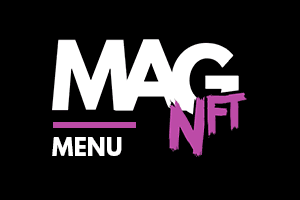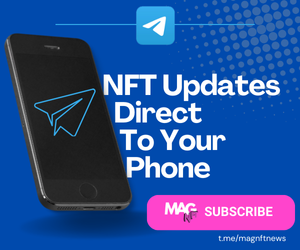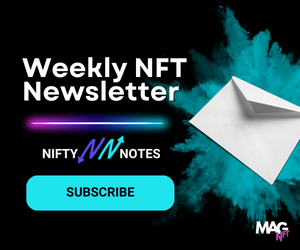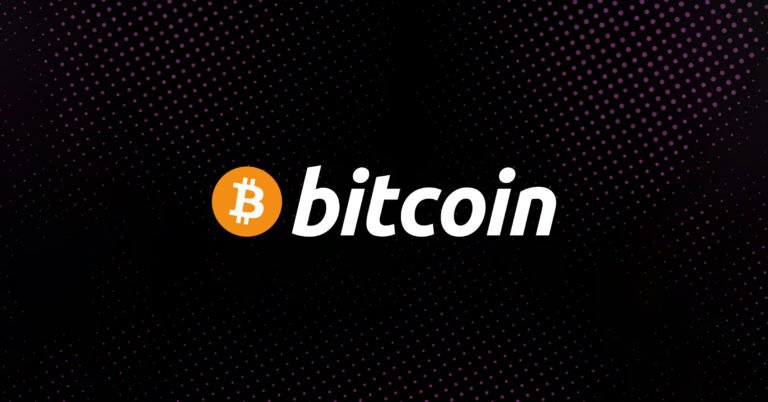Bitcoin has been the leading blockchain-based digital currency since 2009 – but today, NFTs also have their place on the chain.
Known as Bitcoin Ordinals, these digital assets have opened new avenues for digital art, collectibles, and blockchain culture.
Their debut has turned the world of blockchain-based assets on its head – but what makes Bitcoin Ordinals unique, how do they work, and why should they be on your radar?
Let’s take a look in our 2025 guide to Bitcoin Ordinals.

What are Bitcoin Ordinals?
Bitcoin Ordinals debuted in January 2023, developed by Casey Rodarmor. Ordinals utilise features introduced in Bitcoin’s November 2021 Taproot upgrade – allowing for data to be inscribed on individual satoshis – in an effort to create a better ecosystem for blockchain art.
Multiple Ordinals standards exist on Bitcoin, including BRC-20 – the Bitcoin equivalent to ERC-20 NFTs on Ethereum – and Runes, an efficient standard for Bitcoin-based art. Many existing NFT collections have experimented with Bitcoin Ordinals, with the likes of BTC DeGods, and Yuga Labs‘ TwelveFold.
A rapidly-growing list of wallets, exchanges and platforms now support Bitcoin Ordinals, including wallets such as Xverse, Leather, and OKX Wallet – and marketplaces such as Magic Eden, OKX, and Gamma.
Today, Bitcoin Ordinals continue to grow. Stacks has emerged as a Layer-2 network for Bitcoin – building its own NFT ecosystem on the Bitcoin network. Further improvements are on the way too, with the hopes of turning Bitcoin Ordinals from a niche segment of the blockchain industry into a major player.
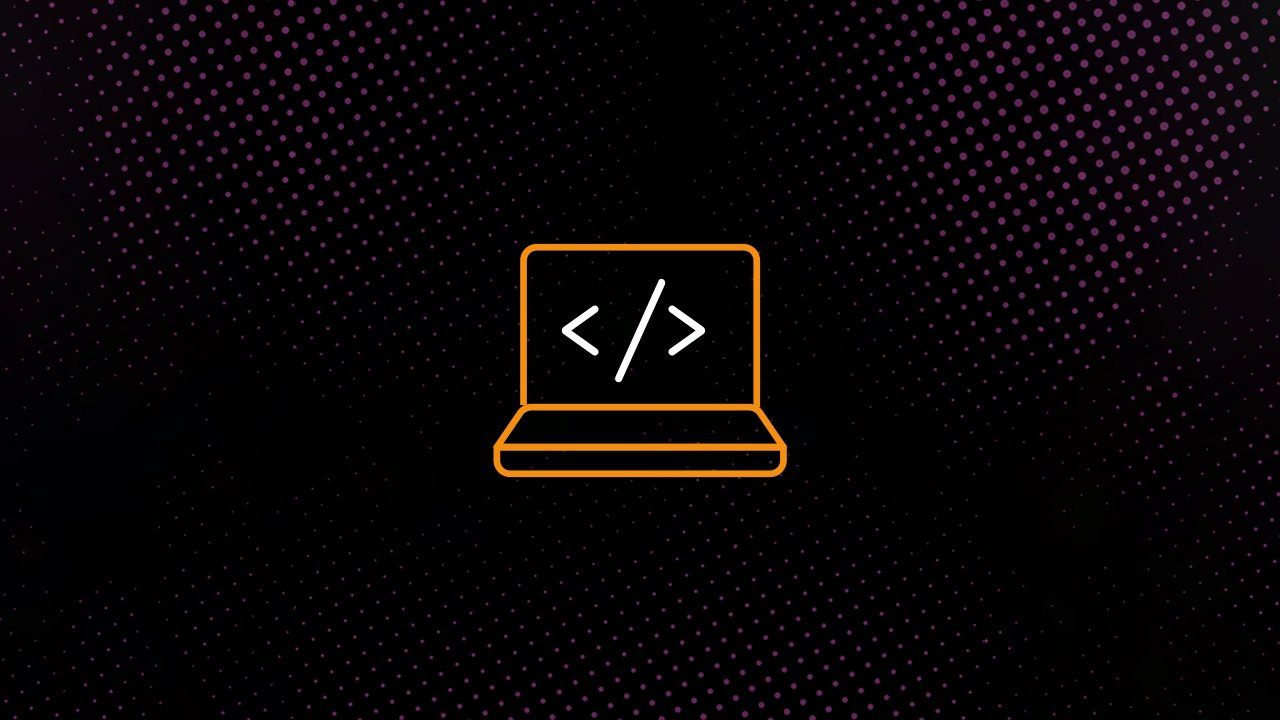
Why are Bitcoin Ordinals important?
Bitcoin Ordinals work differently to standard NFTs.
On Ethereum, data about an asset is added to a smart contract, with the art typically stored on an IPFS service such as Pinata or Infura. On Bitcoin, the data is inscribed onto individual satoshis, meaning Ordinals are fully on-chain.
As every satoshi on Bitcoin was mined in order, there’s a finite limit to the number of Ordinals that can be minted: roughly 2.1 trillion. As each satoshi exists as normal on the Bitcoin network, they can be bought, sold and traded in a similar way to NFTs on Ethereum.
Ordinals also have a built-in rarity layer that standard NFTs do not have. Particular satoshis are more desirable than others, such as the first satoshi of a new block. The Rodarmor Rarity Index categorizes all satoshis into 6 different rarities from Common to Mythic, making the Ordinal itself and the satoshi it is inscribed on both drivers of value.
Bitcoin Ordinals have been met with a mixed reaction. Critics argue that Ordinals weaken Bitcoin’s position as a financial asset, whilst supporters argue that Ordinals expand Bitcoin’s capabilities, opening new paths for both Bitcoin and digital art to succeed.
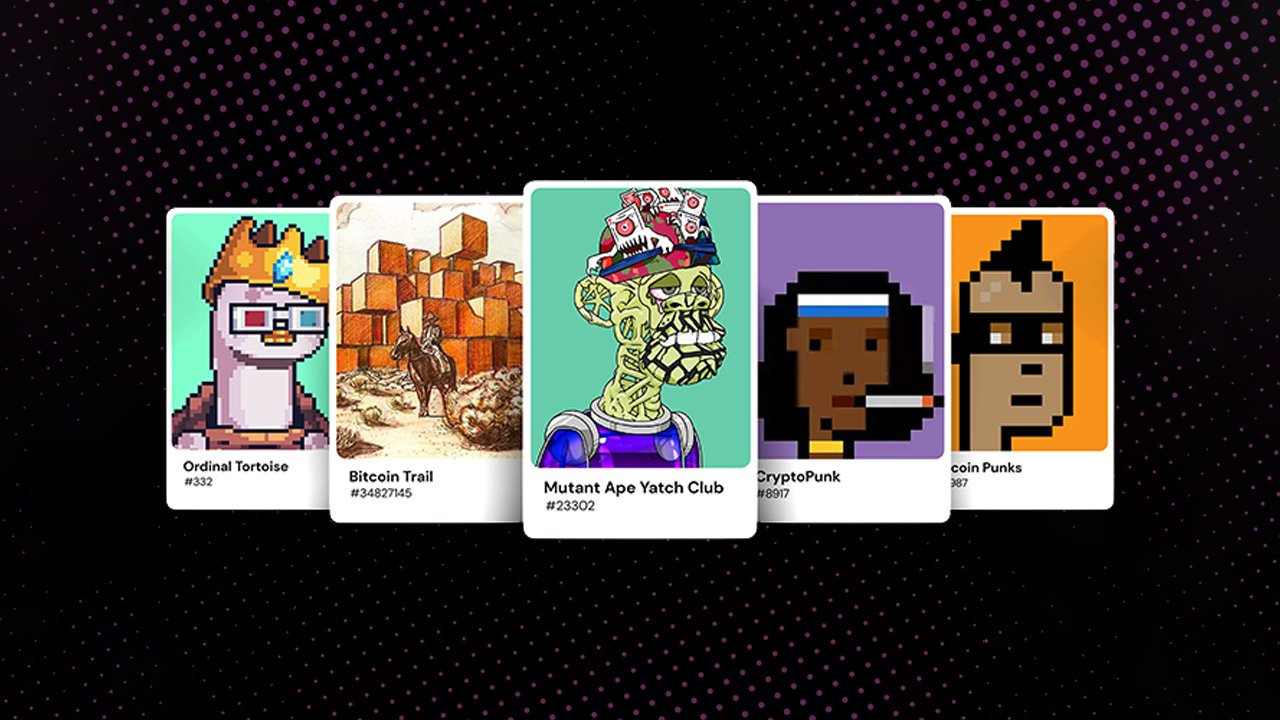
Bitcoin Ordinals so far
Ordinals are not the first attempt to create NFTs on Bitcoin.
Counterparty, which debuted in 2014, tried a more rudimentary approach – but faced limitations with scalability, storage and scripting, it’s fallen out of favour.
Bitcoin’s Taproot update in November 2021 opened the path for a new solution – and in January 2023, Casey Rodarmor introduced Ordinals to Bitcoin.
March 2023 saw the introduction of BRC-20 tokens, kicking-off a surge of Ordinals projects such as Taproot Wizards, Ordinal Punks and Bitcoin Frogs. Their popularity saw NFT marketplaces like Magic Eden and OKX add Ordinals support.
By the end of 2023, over 10 million Ordinals had been inscribed – and that number has continued to grow across 2024, with more tools, platforms and enthusiasts than ever before.
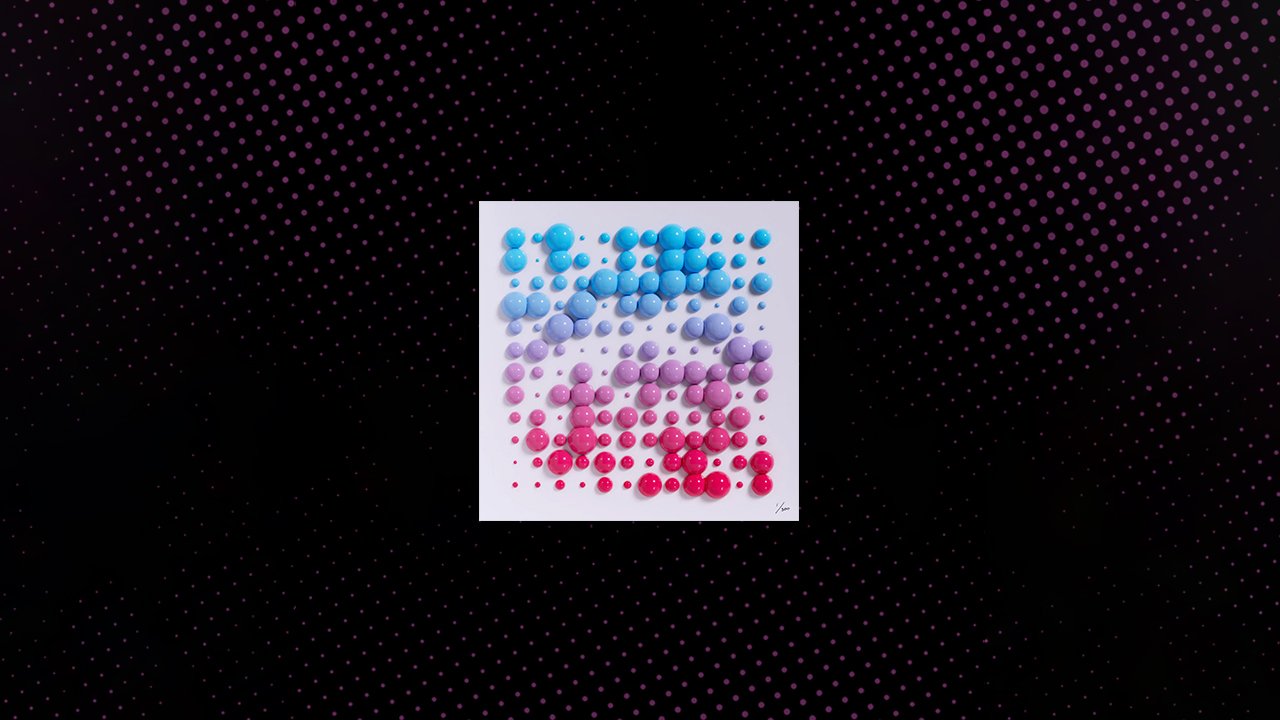
What does the future look like for Bitcoin Ordinals?
Bitcoin Ordinals have several upgrades in the pipelines.
Tackling scalability issues comes first, which includes the development of the Stacks L2 ecosystem. DeFi, tokenized securities and digital art still have a long way to go – and with the ever-changing regulatory environment (particularly in the U.S.), there’s both opportunities and threats ahead for Ordinals.
The popularity of Bitcoin Ordinals indicates the strength of Bitcoin, and how the Bitcoin ecosystem can adapt to changing trends and habits. As it continues to grow, Ordinals continue to offer exciting opportunities for artists, collectors, and investors alike.

Riding crypto waves since 2012, bridging digital and physical worlds through prose.
